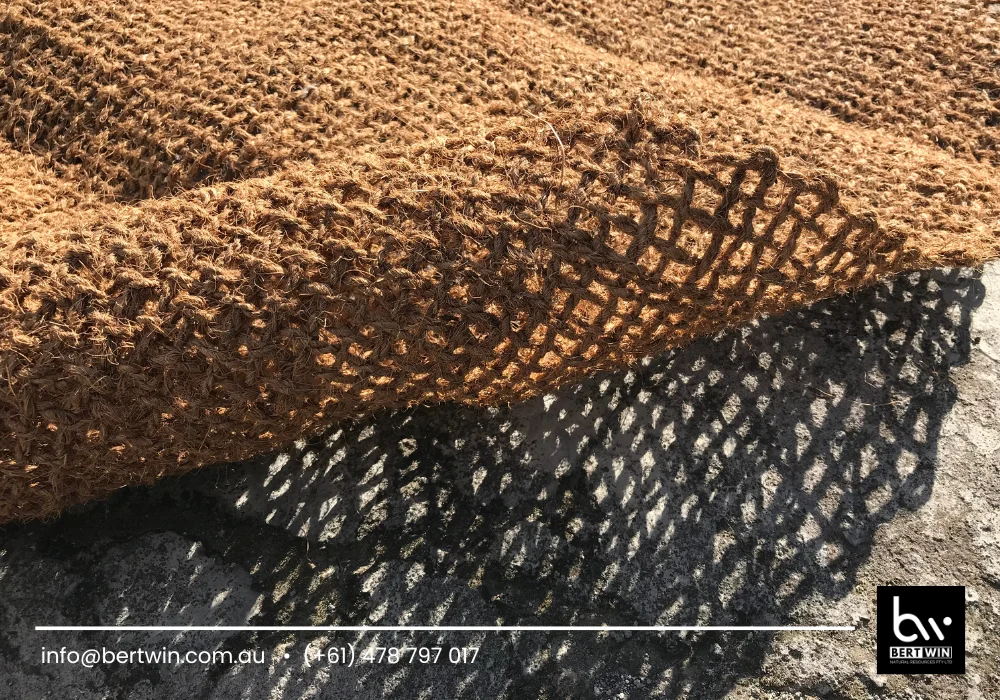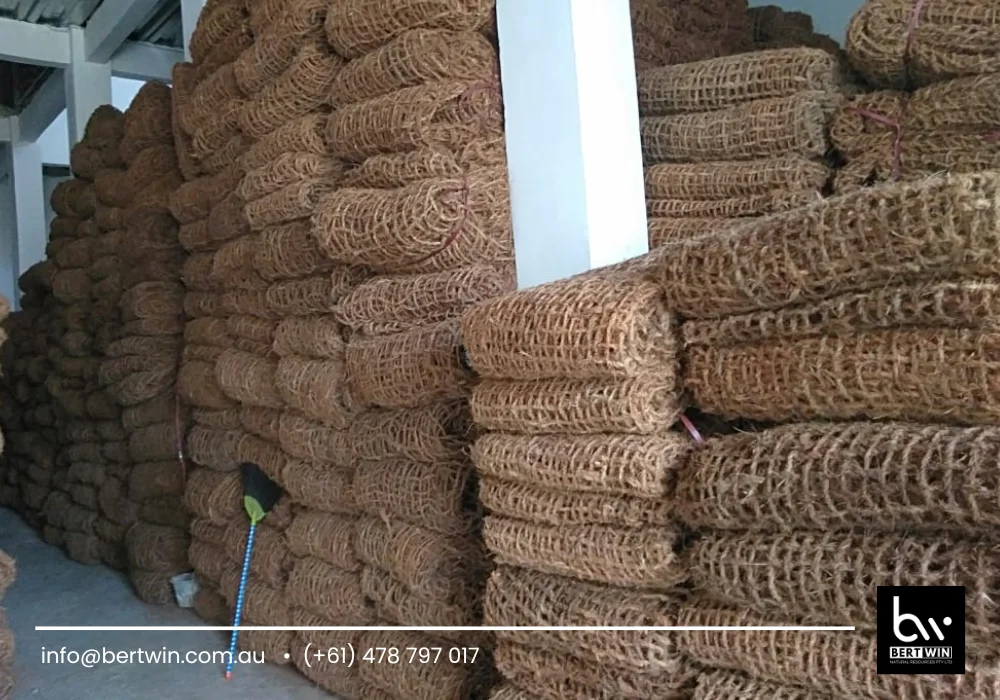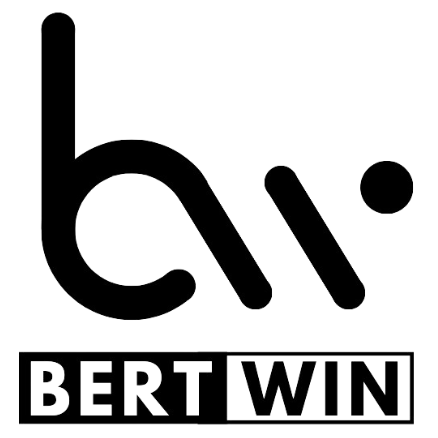Coir geotextile applications have gained significant traction in environmental engineering and sustainable land development. Derived from the natural fiber of coconut husks, coir geotextiles offer a biodegradable and eco-friendly alternative to synthetic materials used for soil stabilization, erosion control, and vegetation support. These applications span across civil construction, agriculture, and ecological restoration, making coir geotextiles a vital component in sustainable practices.

What Are Coir Geotextiles?
Coir geotextiles are woven or non-woven mats made from coir fibers, which are extracted from the outer shell of coconuts. These mats are widely appreciated for their durability, biodegradability, and natural resistance to microbial attacks. Coir fibers have a high lignin content, making them slow to degrade and ideal for long-term soil stabilization projects.
The primary goal of using geotextiles is to provide mechanical support to the soil while allowing water to pass through. Coir geotextiles fulfill this requirement effectively, offering temporary reinforcement that naturally integrates into the soil over time.
Major Coir Geotextile Applications
Erosion Control
One of the most prevalent coir geotextile applications is erosion control, particularly on slopes, riverbanks, and coastal areas. Coir mats are placed on the soil surface to prevent the movement of topsoil due to water runoff or wind. These mats act as a protective layer, absorbing the kinetic energy of raindrops and slowing down water flow. This allows vegetation to establish roots, which in turn stabilize the soil further.
This application is widely used in highway embankments, railway slopes, and flood-prone regions.
Road and Railway Construction
In infrastructure development, coir geotextiles are used as a base layer beneath roads and railways. They help in separating the soil layers, improving load distribution, and enhancing subgrade stability. Over time, as the coir biodegrades, the newly compacted soil structure takes over the load-bearing function.
These applications are especially beneficial in rural or environmentally sensitive areas where minimizing the use of non-renewable materials is a priority.
Land Reclamation and Slope Stabilization
Coir geotextile applications are also crucial in land reclamation efforts. In mining areas, deforested regions, or post-construction landscapes, the use of coir mats helps restore soil health and promote plant regrowth. The geotextiles retain moisture, prevent soil erosion, and serve as a medium for seed germination.
When applied on slopes, they provide mechanical support while encouraging the natural development of vegetation that can hold the soil together over time.
Agriculture and Horticulture
In agriculture, coir geotextiles are used to retain soil moisture and reduce weed growth. They can be laid on the surface of planting beds or between crop rows. This helps conserve water, regulate soil temperature, and improve crop yield.
In horticulture, they are employed in landscaping and vertical garden designs, supporting plant roots and promoting even water distribution.
Benefits of Coir Geotextile Applications

Eco-Friendly and Biodegradable
One of the greatest advantages of coir geotextile applications is their environmental sustainability. Unlike synthetic alternatives, coir products are biodegradable and decompose naturally, enriching the soil in the process. This reduces the environmental footprint and eliminates the need for disposal after use.
Promotes Vegetation Growth
Coir geotextiles facilitate seed germination and plant establishment by maintaining soil moisture and temperature. Their mesh structure allows seeds to anchor and grow, creating a living solution to long-term soil stability.
Cost-Effective
Although initial installation may require some investment, coir geotextiles are cost-effective in the long run. They reduce maintenance needs and eliminate the cost of removing synthetic materials post-project. Additionally, their availability as a byproduct of the coconut industry ensures a steady and affordable supply.
High Tensile Strength
Coir fibers have impressive tensile strength, making them suitable for heavy-duty applications. They can withstand environmental stressors such as rain, heat, and microbial activity, ensuring reliable performance during their functional life.
Things to Consider
Before using coir geotextiles, it’s important to consider the specific needs of the site. Factors like soil type, slope gradient, climate, and vegetation goals should be assessed to choose the right type and thickness of the coir mat. Proper installation is crucial to maximize its effectiveness and longevity.
Also, while the product is biodegradable, its decomposition time varies based on environmental conditions—typically between 2 to 5 years.
Conclusion
Coir geotextile applications offer an effective, natural, and sustainable solution for a variety of soil stabilization and erosion control needs. From infrastructure development to ecological restoration, these products help manage land responsibly while supporting environmental health. Their ability to integrate with the natural ecosystem makes them a preferred choice for modern land management strategies.
For further information, you may contact WhatsApp at (+61) 478797017 or via email at info@bertwin.com.au.
